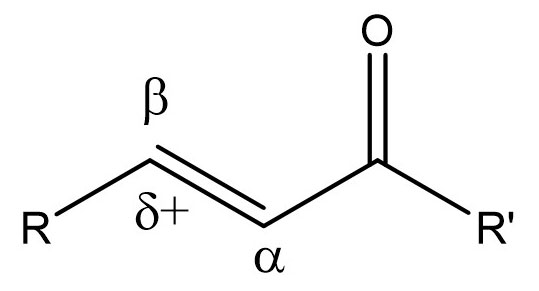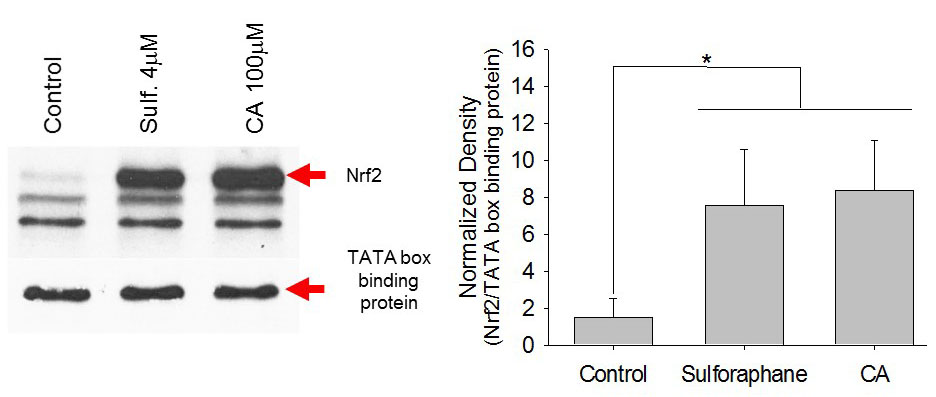Activators of Nrf2/Keap1 to inhibit restenosis
Patients with Diabetes Mellitus have a higher risk of developing peripheral arterial and cardiovascular disease, which is partially attributed to inflammation, increased reactive oxygen species, and endothelial cell dysfunction. Nrf2 (NF-E2-related factor 2) is a transcription factor that plays a key role in protecting against environmental stress by inducing expression of detoxification and antioxidant enzymes. In its inactive form it is bound to its inhibitor Keap1 in the cytosol and targeted for proteosomal degradation. Under oxidative stress conditions, it is released from Keap1, translocates to the nucleus and drives the transcription of phase II genes.
Small molecule Nrf2 activators, such as cinnamic aldehyde (CA), and sulforaphane are electrophiles capable of promoting release of Nrf2 from Keap1. This leads to the translocation of Nrf2 to the nucleus and thus promoting transcription of cytoprotective genes. A variety of different synthetic and naturally-occurring electrophiles are currently being studies as therapeutic interventions in different pathologies, including diabetes.
Our goal is to assess the protective effect of Nrf2 activators against diabetes-induced vascular damage. We hypothesize that Nrf2 activators will inhibit proliferation and migration of diabetic vascular smooth muscle cells in vitro, as well as protect against restenosis in vivo after carotid balloon injury in Zucker Diabetic Fatty (ZDF) rats.


![The Keap1--Nrf2 [Kelch-like ECH-associated protein 1--nuclear factor (erythroid-derived 2)-like 2] pathway plays a central role in the protection of cells against oxidative and xenobiotic stresses.](http://bahnsonlab.web.unc.edu/wp-content/uploads/sites/13009/2016/02/Nrf2Keap1-pathway.jpg)

